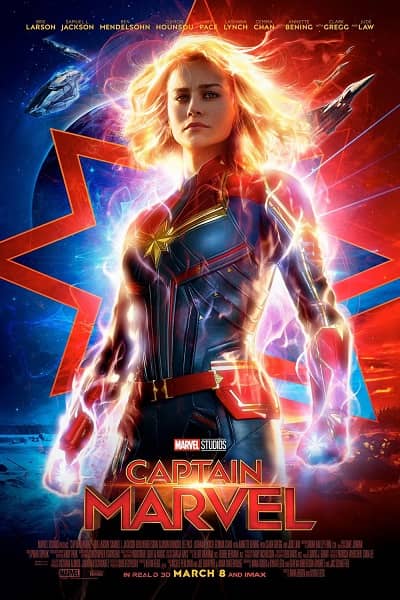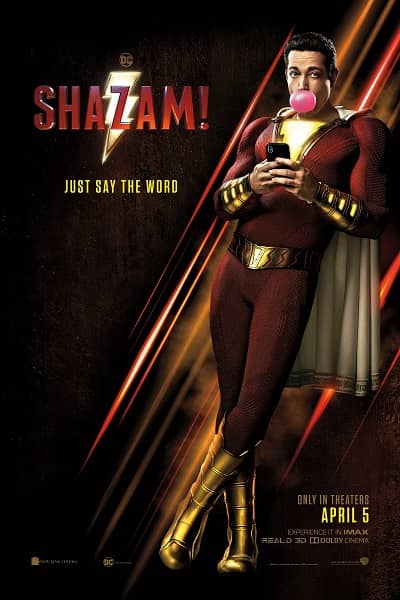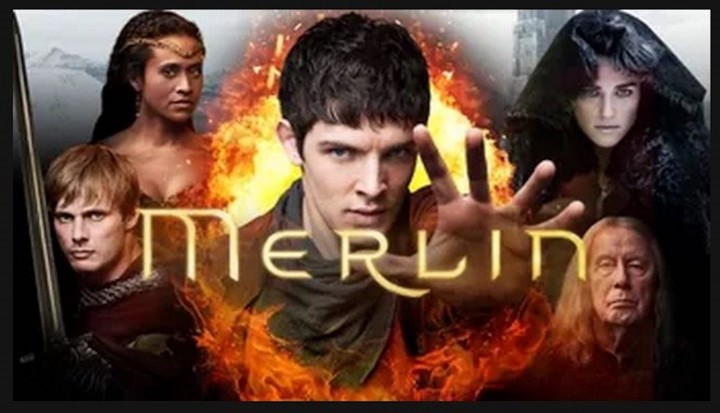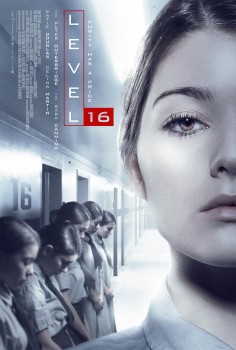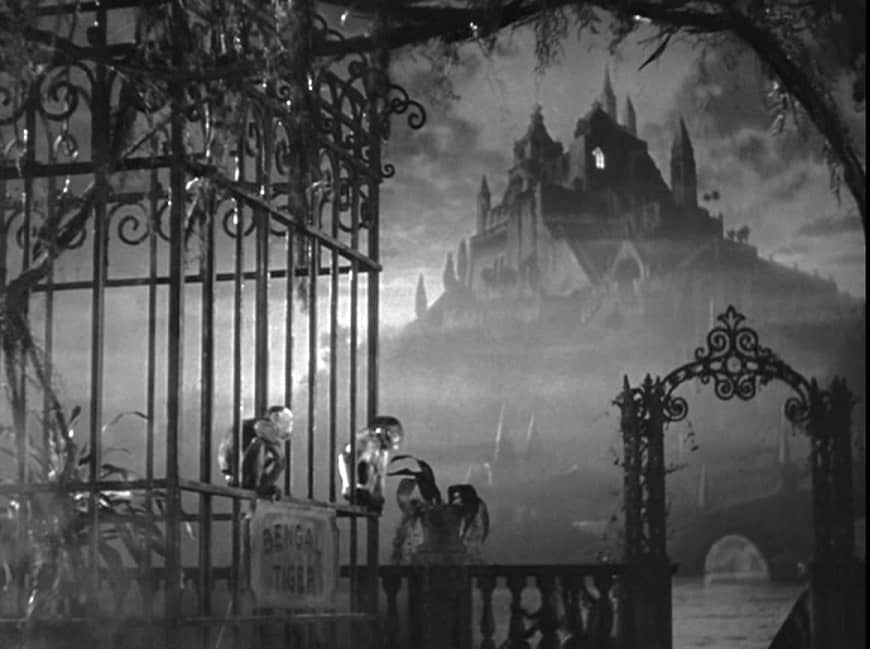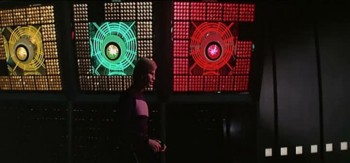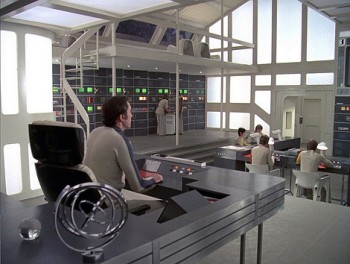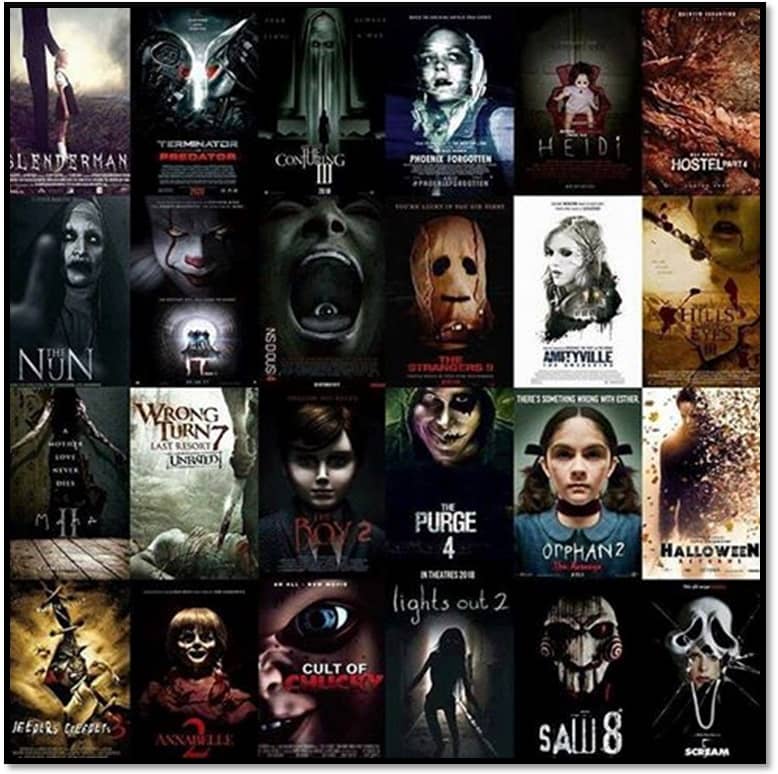The Golden Age of Science Fiction: Star Wars
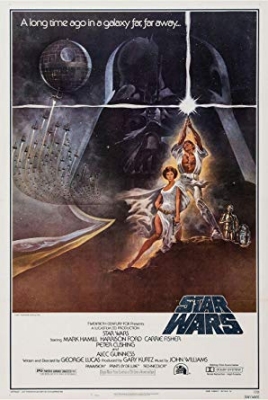 |
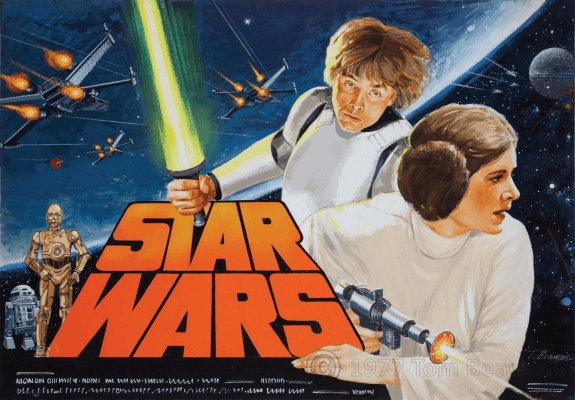 |
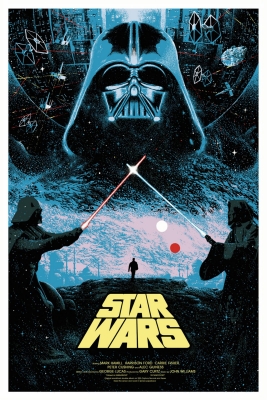 |
The Balrog Award, often referred to as the coveted Balrog Award, was created by Jonathan Bacon and first conceived in issue 10/11 of his Fantasy Crossroads fanzine in 1977 and actually announced in the final issue, where he also proposed the Smitty Awards for fantasy poetry. The awards were presented for the first time at Fool-Con II at the Johnson County Community College in Overland Park, Kansas on April 1, 1979. The awards were never taken particularly seriously, even by those who won the award. The final awards were presented in 1985. The Film Hall of Fame Awards were not presented the first year the Balrogs were given out, being created in 1980. The SF Film Hall of Fame was given to two films each in its first and final years.
George Lucas’s film Star Wars isn’t just a film, it is a cultural phenomenon that has much longer tendrils than most people realize. Star Wars and its sequels have touched all aspects of film making, marketing, computing, culture, and more. A list of the companies that were founded because of Star Wars’s success is absolutely staggering. Obviously, there was LucasArts, ILM, Lucasfilm Animation, Skywalker Sound, Pixar, THX, Kerner Optical, and dozens more. The massive footprint of Star Wars makes it a little difficult to write about in the same way other articles in the series are structured.
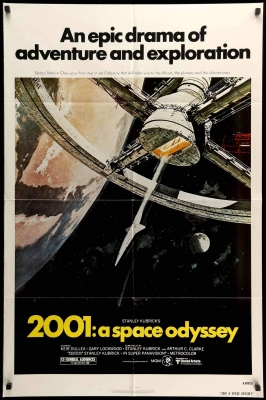
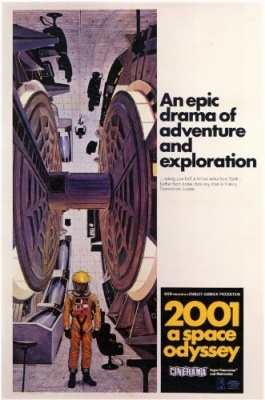
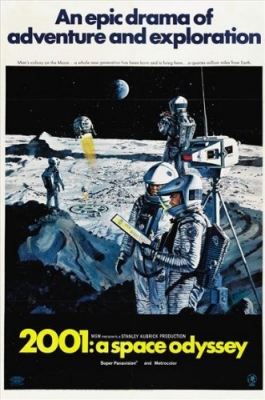
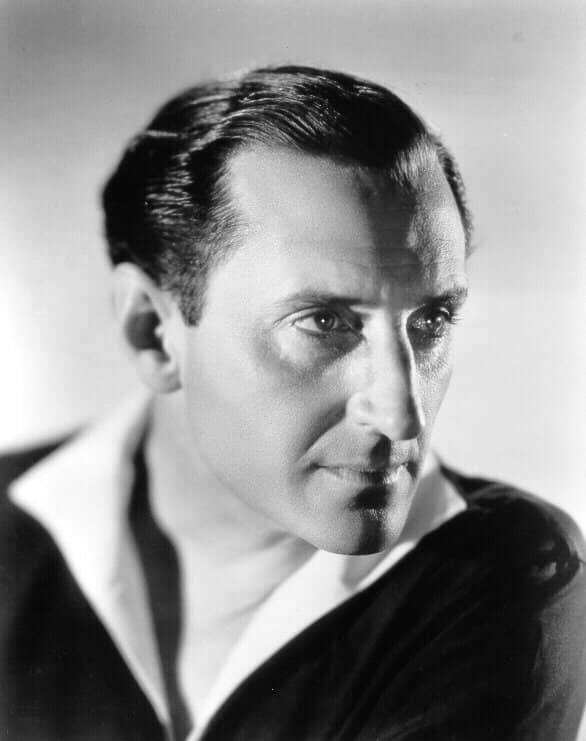
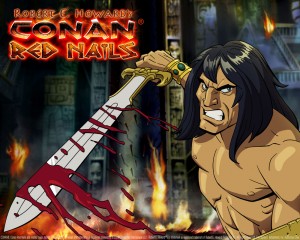
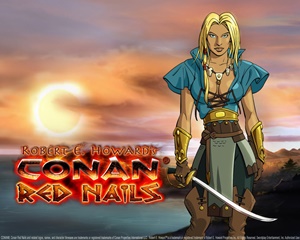 In Keith J. Taylor’s entry
In Keith J. Taylor’s entry